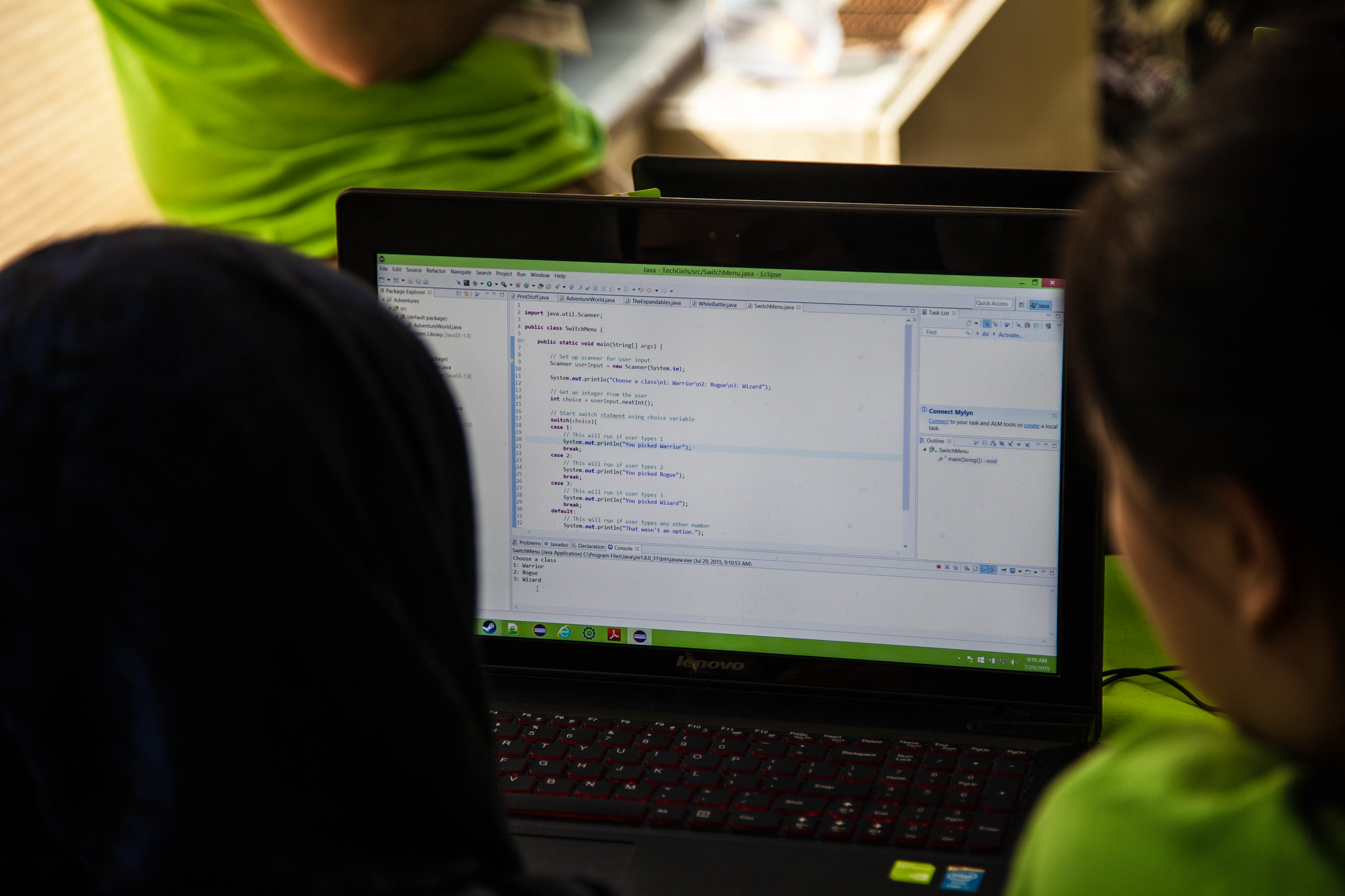Many say that we are in the midst of a Fourth Industrial Revolution, characterized by rapid and transformative technological advancement on a scale the world has never seen before. This Fourth Industrial Revolution has already radically and fundamentally altered the way we live, work, and interact with one another, and, unlike the ones that preceded it, is evolving at an exponential, rather than a linear, pace. Its possibilities are nearly endless.
And while previous industrial revolutions were slow to spread to certain areas of the world—thus engendering spheres of “industrialized” and “non-industrialized”—the technological nature of the Fourth Industrial Revolution has meant that the playing field has evened somewhat; industry in virtually every country has been disrupted, and transformation of entire systems of production, management, and governance is all but inevitable, if it hasn’t already started.
From cell phones to self-driving cars and artificial intelligence, the Fourth Industrial Revolution is shaking up what we know—or think we know—about almost everything. This presents an opportunity to recalibrate the lens through which we view and approach critical development issues, and provides a challenge to traditional mechanisms for delivering key goods and services.
Particularly in the Middle East and North Africa, where technology has proven a powerful force for positive social change, the Fourth Industrial Revolution’s power can similarly be harnessed to drive economic innovation and growth. A key characteristic of every industrial revolution has been its potential to raise global income levels and improve quality of life. In a region crippled by years— and in many cases, decades—of financial mismanagement, government opacity, and slow growth, widespread political instability and increased migratory flows are overburdening already-strained economies and social service systems. The need for robust and dynamic economic solutions is vitally important.
Klaus Schwab of the World Economic Forum predicts that the technological innovations of the Fourth Industrial Revolution will create a “supply-side miracle” characterized by long-term gains in efficiency and productivity. As logistics and global supply chains become more effective and the cost of trade diminishes, new markets will open. All of these changes will drive economic growth.
For the Middle East and North Africa, where economic stagnation has long been both a cause and a symptom of broader sociopolitical unrest, the transformative potential of the Fourth Industrial Revolution holds great promise. But it’s not also without pitfalls. While new and innovative technologies will in many ways upend labor markets, streamline supply chains, and promote growth, these technologies, if they are to succeed in driving positive economic change and not perpetuating existing inequalities, they must keep development central to their purpose.
It is easy to imagine, in a world where technological advancement and innovation is exponential, that the role and even purpose of humans will eventually be called into question. If this occurs, these technologies, and the Fourth Industrial Revolution writ large, could prove devastating to social and economic development. Without humans and their wellbeing at the very core of innovation, opportunities for growth and innovation will wane, and socioeconomic stratification will worsen.
Yet the Middle East and North Africa, with one of the world’s largest youth populations, at more than 30 percent of the total population, is situated at an ideal intersection between potential and possibility. That is, though the Fourth Industrial Revolution could very well drive negative trends in the region—from social and political unrest to economic inequality and declining human development—its power can just as easily be harnessed to generate positive ones. The youth bulge can be mobilized, technologies employed to address critical social challenges, and innovation cultivated to facilitate real and concrete economic change.
Yet just as economic reform must be at the forefront of development strategies in the Middle East, so too, must development concerns remain at the core of technological innovation if both processes are to succeed. If pursued responsibly, the technological advances of the Fourth Industrial Revolution won’t phase out humans, but will elevate their role as change makers, innovators, and job creators.
In the Middle East and North Africa in particular, where young people yearn for more and better opportunities, there is a thirst for this technology and the kinds of opportunities it can manifest. Rather than being afraid, we should embrace this period of rapid and awe-inspiring growth. Now, more than we previously thought possible, the power to transform the global landscape—from the life of the lowliest worker to the efficiency of the largest systems and processes governing our societies—is in our hands.
Kate Moran is a Program Assistant for the Middle East & North Africa at CIPE.
Published Date: March 01, 2016

